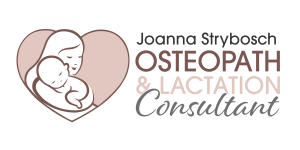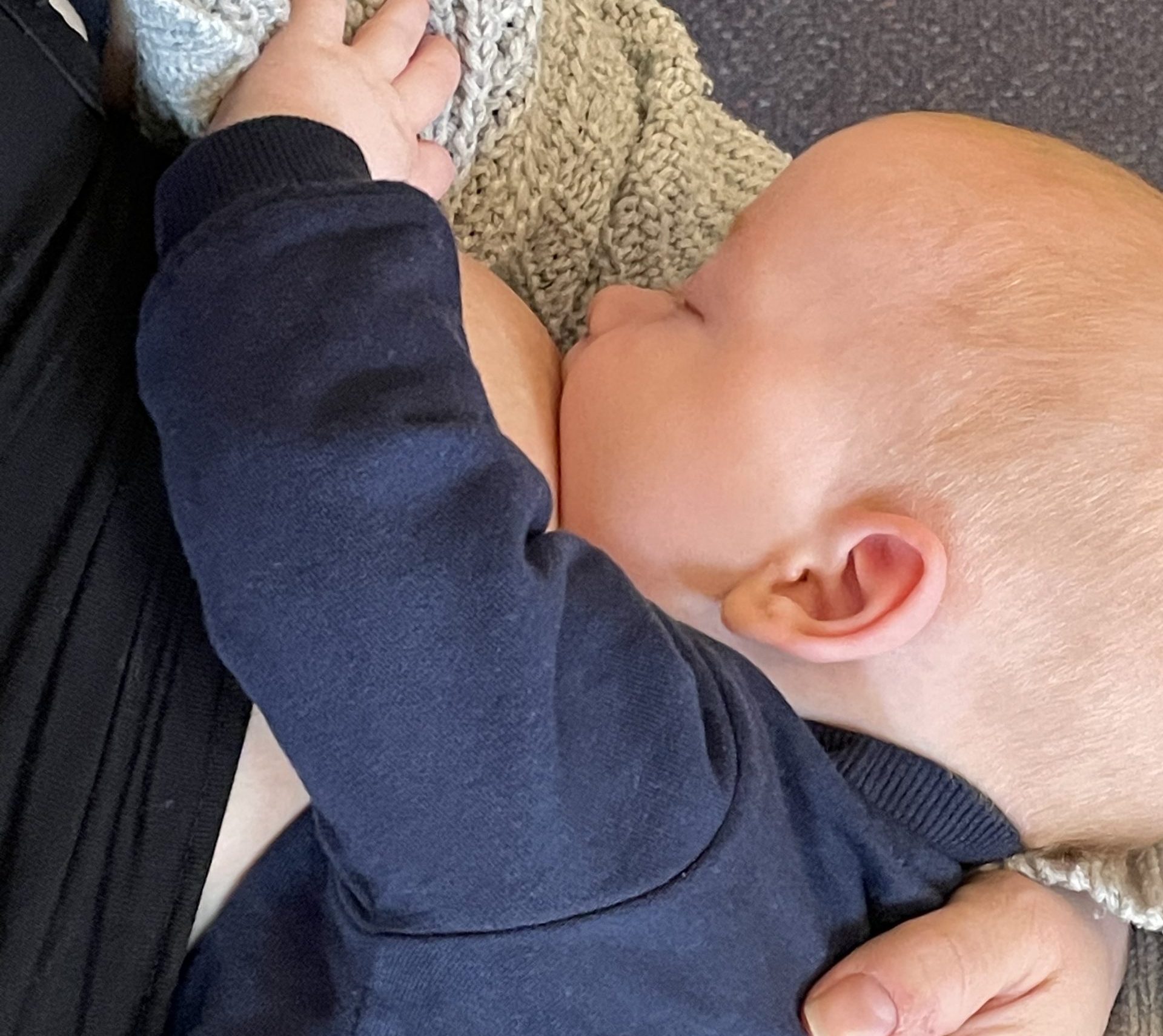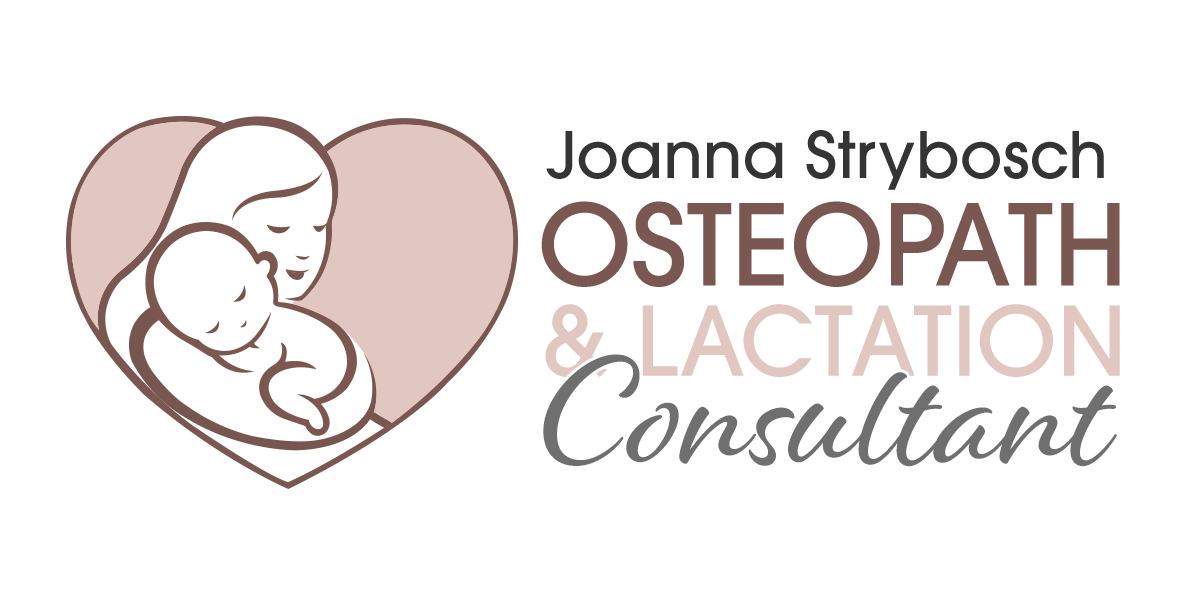Author: Joanna Strybosch
Babies commonly experience a yellowing of the skin and whites of the eyes after birth. This condition is called hyperbilirubinemia, or neonatal jaundice. Bilirubin is an orange or yellow pigment circulating in the blood stream, most of which is a byproduct of the breakdown of the newborn’s excess red blood cells in their liver. Normally, this product is excreted through the newborn’s intestinal tract via their stools. In the case of jaundice, some bilirubin remains in circulation and gives the skin and eyes its characteristic yellow colour.
Why does a baby have excess red blood cells to breakdown?
Before birth, the baby requires higher levels of red blood cells because the uterus is a relatively low oxygen environment. After birth, the baby moves into a higher oxygen environment and no longer requires as much hemaglobin (red blood cells). This excess is what is broken down in the baby’s liver and then excreted via the intestinal tract. Most newborns produce more bilirubin than they can eliminate.
There are other situations that can increase a newborns’ likelihood of becoming jaundiced. This includes prematurity (especially late pre-term ie 35-38 weeks), bruising or hematoma such as occurs with vacuum extraction, infection, maternal diabetes, infant weight loss, use of oxytocin to induce labour and genetic factors.
Physiological Jaundice:
It is estimated that 60-70% of full term infants will become visibly jaundiced in the first week of life. Most of the time, this a benign, self-limiting condition, which resolves spontaneously without the need for any treatment. In these cases, the jaundice usually peaks around day 4 or 5 after birth, and then resolves over the following week or two. This is called physiological jaundice.
Breastmilk Jaundice:
In this situation, the jaundice peaks around day 6-14 after birth and can develop in up to one third of healthy breasted infants. It occurs in male and female babies equally and can run in families. The hyperbilirubinemia can persist for up to 3 months. This form of jaundice is not fully understood although it is thought to be due to factors in maternal breastmilk that inhibit the normal metabolism of bilirubin.
Breastfeeding Jaundice:
Also called various other names such as nonfeeding jaundice or lack of breastfeeding jaundice or even starvation jaundice.
This occurs in circumstances where there is inadequate milk intake (for either infant or maternal reasons). Infrequent, inefficient breastfeeding reduces calorie intake, increases the amount of infant weight loss and delays meconium passage thought the gut. This can drive up bilirubin levels to where intervention is required.
This form of jaundice can be seen in babies whose feedings are scheduled by the clock (such as, every 3 hours for 10 minutes) or in babies who show signs of hunger but are given a dummy. It can also occur in babies who have difficulties latching, sucking or swallowing and therefore do not actually transfer milk in sufficient quantities. These babies may be put to the breast and may appear to be feeding but are in fact not swallowing. As a result they don’t poo as much.
Skilled assessment by a qualified lactation consultant is important to ensure infant swallowing is occurring at the breast. Advice and support to the mother can improve infant feeding.
When is the situation serious?
Rising levels of bilirubin needs to monitored as extremely high levels of bilirubin can be toxic to the brain and cause seizures and brain damage. Although severe hyperbilirubinemia is uncommon, it can happen if a jaundiced baby is not monitored closely and interventions implemented early on.
Risk factors for severe hyperbilirubinemia include: jaundice within the first 24 hours after birth, visible jaundice before hospital discharge, late pre-term (35-38 weeks), maternal age greater than 25 years, bruising or cephalohematoma, previous jaundiced sibling, male baby and East Asian ethnicity.
Management of Jaundice:
Most commonly, phototherapy is used for babies with high levels of bilirubin. Phototherapy helps with the breakdown of bilirubin, so that it can be excreted via the stools. There are side effects of phototherapy that can interfere with breastfeeding (such as separation from the mother, lethargy, poor feeding, increased water loss requiring fluid replacement and unsettled baby). In less urgent situations, and for in-home treatment, a portable phototherapy blanket (biliblanket) can be used.
Breastfeeding Support:
All newborn babies and mothers benefit from receiving support to optimise their breastfeeding skills new breastfeeding skills. The more a baby feeds, the more he poos and the more bilirubin is excreted. Jaundiced babies are often sleepy and slow to feed, adding to the challenge of establishing these important breastfeeding skills.
Best practices for after birth to optimise infant feeding and therefore reduce jaundice:
- avoid separating mother and baby
- 24hr rooming in and feeding through the night helps eliminate meconium and bilirubin more quickly
- Frequent feeds (8-12 feeds per 24hrs)
- minimise visitors that would delay or inhibit a mother from breastfeeding
- skin to skin contact to trigger behavioural feeding-readiness cues
- skilled breastfeeding assessment and advice
See your local IBCLC for further information or help with managing jaundice in your baby.





